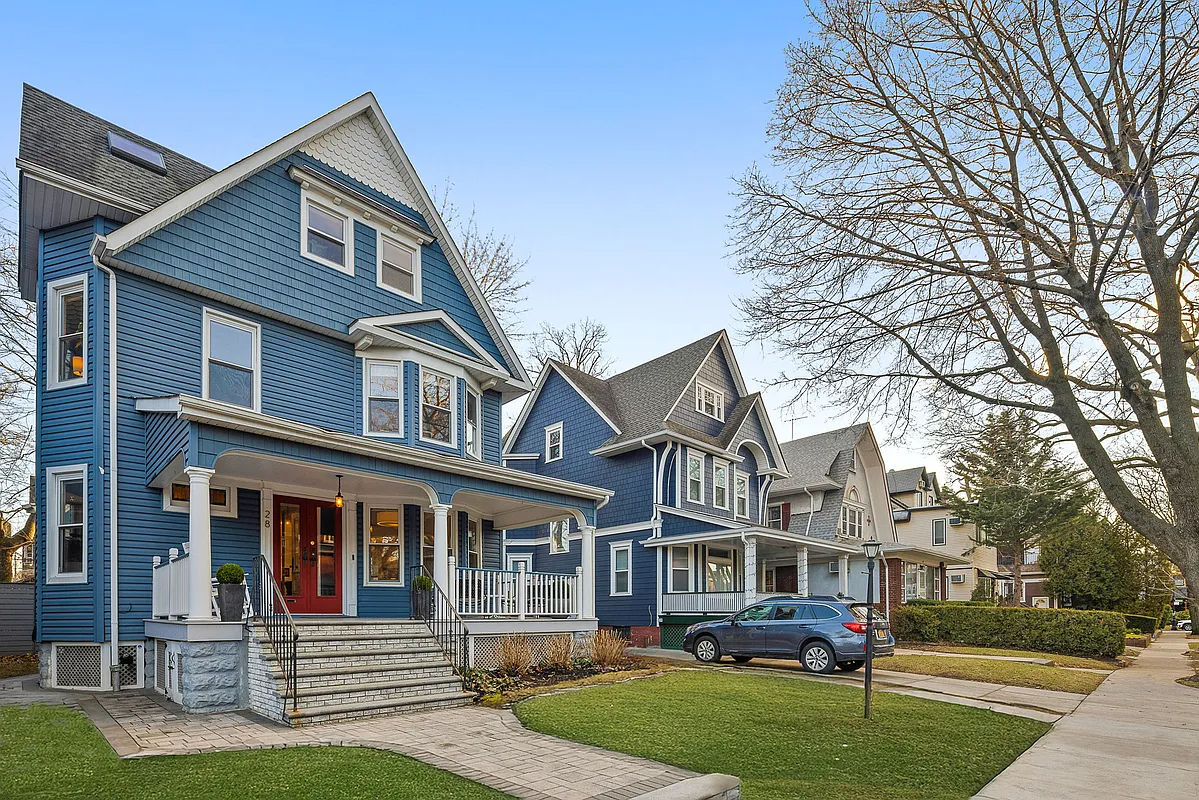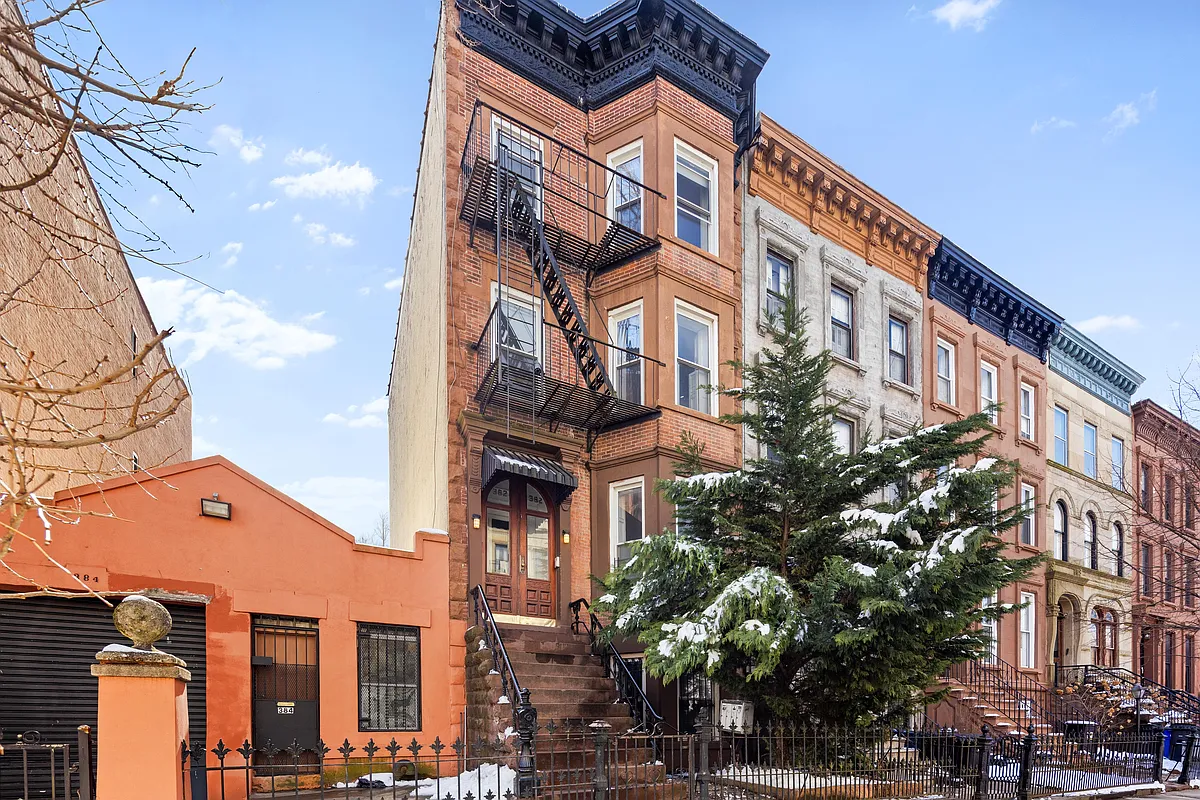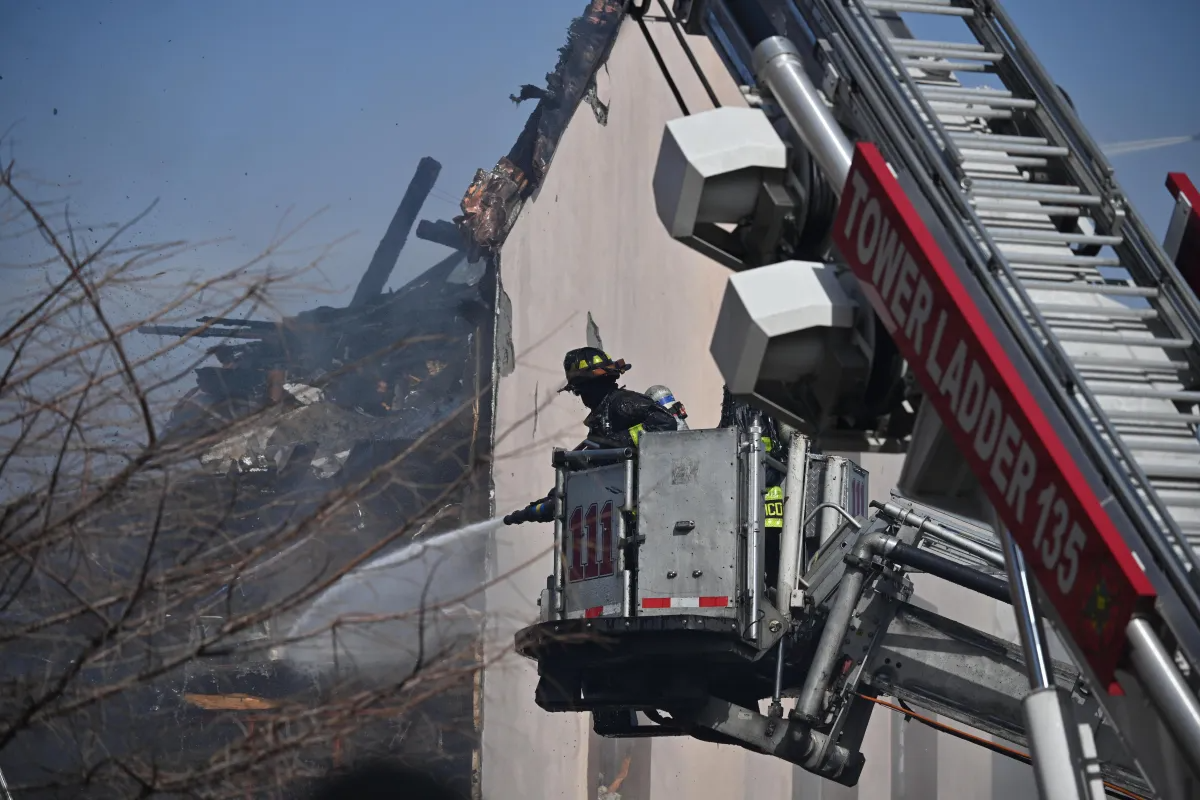Walkabout: Terra-Cotta Revisited, Part 1
Read Part 2 of this story. My first post for Walkabout with Montrose, (anniversary coming up in March!) was a piece on terra-cotta and carved stone trim. Since that time, my camera and I have been wandering around, and I thought this would be a good time to go into more detail about this most…


Read Part 2 of this story.
My first post for Walkabout with Montrose, (anniversary coming up in March!) was a piece on terra-cotta and carved stone trim. Since that time, my camera and I have been wandering around, and I thought this would be a good time to go into more detail about this most ancient of building materials.
As most people know, terra-cotta is simply translated burnt earth, a term the Romans used to describe glazed or unglazed fired clay used primarily as architectural elements, statuary and urns.
Susan Tunick, in her seminal book, Terra-Cotta Skyline, which is the bible of New York City’s terra-cotta heritage, and the source of much of my information, calls our city the clay jungle, as opposed to the usual concrete jungle, because there is such a richness of terra-cotta ornament here.
Terra-cotta started to show up on Manhattan facades in the late 1840’s, and was widely used for ornament starting in the 1880s, and was an important part of ornament during the Art Deco period of the 1920’s and 30’s.
Brooklyn is home to examples that are monumental and important in the use of this versatile material, and full of smaller, yet wonderful, everyday examples that enhance and beautify the residential and commercial buildings we pass every day.

In the beginning of the terra-cotta revival, in the late 1870’s, NY architects went to the fired clay manufacturers who were busy making fireclay brick, fire partitions, chimney pieces and gutters, because there were no decorative terra-cotta companies, and none located in New York City area.
It didn’t take the manufacturers long to realize this new decorative market had unlimited potential. The Perth Amboy Terra-Cotta Company, in New Jersey was one of the closest to the city, and was responsible for the fine terra-cotta used on the façade of the Long Island Historical Society, in 1878-81.
The New York Architectural Terra Cotta Company, located on the river’s edge of Long Island City, Queens, opened in 1889, and was soon the largest terra-cotta plant in the country, covering acres of river front.
Today, only the landmarked office building, designed by the Montauk Club architect, Francis Kimball, remains as a reminder of this enormous plant. He must have been a frequent customer, as well, as the club is a terra-cotta wonder.

With the invention of the elevator, and as building were getting taller, terra-cotta, as a lighter weight decorative building material, was seen as a viable alternative to stone.
Terra-cotta’s fire resistant qualities also made it an excellent filler material for the new steel framed skyscrapers, but its widespread use met with resistance.
Because most of the terra-cotta produced up to this time was a buff, stone color, many critics found terra-cotta’s ability to mimic stone to be cheating, and of course, stone cutters and carvers were worried that terra-cotta would drive them out of jobs.
George Post, the architect of the Long Island Historical Society Building, was one of the first proponents of the use of natural red brick colored terra cotta, and the success of that building opened the floodgates of innovations to follow. It was a natural brick buildings with brick colored terra-cotta. Let the imagination run wild!
The photographs today feature natural colored terra cotta as used in Brownstone Brooklyn. Thursday, we’ll look at how glazed terra cotta, both white and in vivid colors, enhances the facades of some of our best public and private Brooklyn buildings.






[Photos by Suzanne Spellen]









Legion, FLW was a pioneer in concrete in residential architecture. Not the first, by any means, but certainly the most famous.
MM,
I never knew they used terra cotta on such a large scale.
great reading about this material and that there are still manufacturers out there.
Isn’t terra cotta what Frank Lloyd Wright used on many of his California houses, the ones that look like Mayan temples? or was that cast concrete?
nice clock photo, wish they’d incorporate things like that into modern buildings.
Terra cotta is durable in some ways but very fragile in others. The biggest problem with TC is armature failure – the TC is connected to the brick back up by metal ties and cramps. Water gets into the joints over time and rusts the metal, and gravity takes over from there. Another common problem is water infiltration into the masonry itself, which results in freeze/thaw spalls – either of the glaze or of the masonry unit itself.
Both Boston Valley and Gladding are still active today, doing new work and restoration. Terra cotta is also now common as a material in rain screen applications.
It is also interesting to consider that terra cotta is the faux finish of its day (as was cast iron). These materials were meant as substitutes for the real thing because they were less expensive and (as MM says) lighter weight (though pretty damn heavy). So for all the ridicule we heap on “fake” materials, remember that people have been faking it for centuries.
Young archi, no, I’m not, just a semi-literate amateur. I read a LOT of books.
These manufacturers are listed in Susan Tunik’s book, and both have websites:
http://www.bostonvalley.com/
http://www.gladdingmcbean.com/
You might want to contact Friends of Terra Cotta, an advocacy and preservation group. Susan Tunik is president. I’m sure they are up on all existing manufacturers and suppliers.
Beautiful…
Montrose, are you a practicing architect?
Are there any recent buildings that showcase terra cotta?
I haven’t used it, and from our product catalogues it seems to be now relegated to site furnishings….
Do you have a favorite local supplier?
Tybur, I thought that was on Petra Place, off PPW.
Bob, that’s how good the stuff is. I have some pictures I have to really study, because I can’t tell either. The problem is that some ornament was done in both mediums. The brick colored Byzantine Leaf ornament is often tricky to discern. I find a lot of unglazed white limestone looking terra-cotta to be even harder to figure out sometimes.
The above pictures are terra cotta. This is NOT Terra Cottta… http://bk.ly/biw
I think that house is on Garfield Place.
🙂
Nice to see a building material that encompasses such a wide array of architectural styles/ time periods.